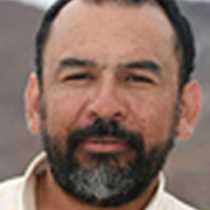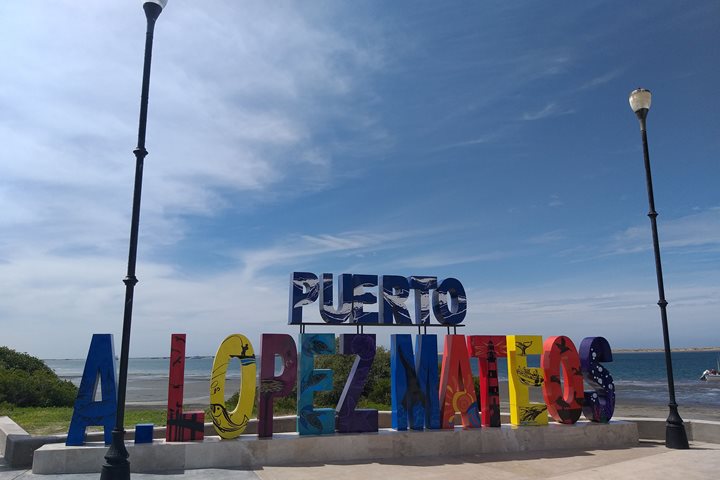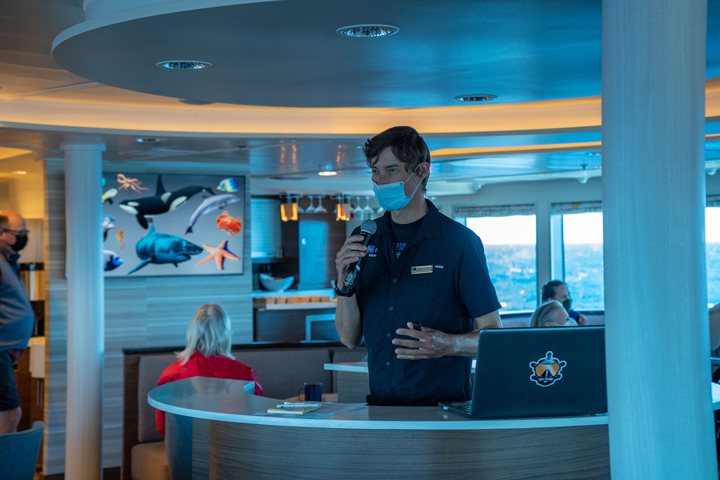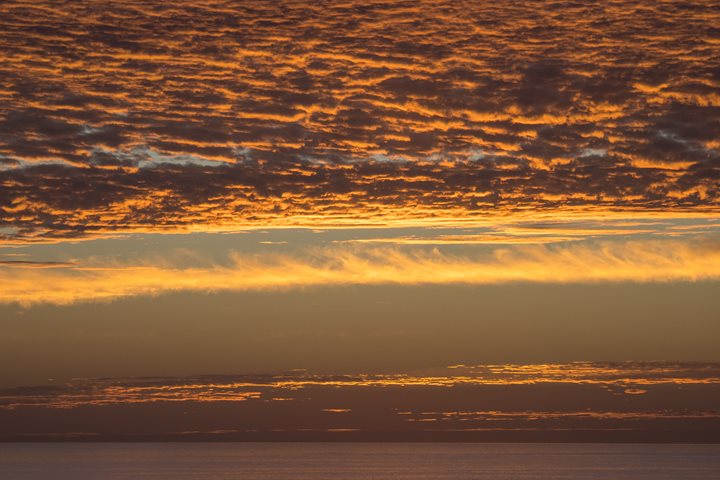This day of whale watching and hikes on the dunes of Magdalena Island started sunny and almost windless. The whales were omnipresent, friendly and interactive. The decided to stay around our boats and touch our hands with their large snouts and mouths. They played with us. They were curious about us. On the dunes, a coyote showed up; on the beaches of the lagoon and Pacific sides, creatures like parchment worms, sea stars, clams, swimming and fiddler crabs, as well as bones and plants, were the center of our attention and interpretation. In the afternoon, while transiting the canal to the south, birds, landscape and mangrove communities delighted our eyes and senses. Once in the Pacific Ocean, the blows of more gray whales said goodbye. Later, three humpback whales and several sea lions joined the ship in her sailing southwards. The powerful exhalation of the behemoths filled the air, captured our imagination. The sunset gave us combined flashes of green, red and violet!
2/25/2022
Read
National Geographic Venture
Port Lopez Mateos
This morning, National Geographic Venture docked at the interesting port, San Carlos. From the 1940s to the 1990s, the port was used for loading agricultural products and fertilizers from the nearby Santo Domingo Valley. Nowadays, San Carlos is basically a place for loading sardines from a local cannery. It is also an important tourist base for whale-watching, principally mating gray whales. At the port, all guests and staff boarded buses to Lopez Mateos, a town located near the northernmost tip of Magdalena Island. The buses traveled across Magdalena Plain, a section of the Sonoran Desert that receives a lot of moisture in the form of dense fog from the Pacific Ocean. Lichens and orchillas, a type of flowering plant, give the desert a phantasmagoric appearance. Guests and staff enjoyed spotting numerous birds, including crested caracaras and kestrels. Once in Lopez Mateos, we boarded local pangas for whale-watching. During two rounds of whale-watching, we encountered several whales close to our pangas. However, most of the whales were preoccupied with traveling, searching for mates, or just finishing their time of reproduction and thus exiting the lagoon. In reality, the whales were not interested in interacting with the boats and their excited cargo, but we had many opportunities to observe the behavior of these magnificent animals. In town, we all delighted in a delicious fish lunch, ‘pescado zarandeado.’ We enjoyed exploring the local dock with its many colorful shops and crafts, and we admired the wonderful sculpture of a cow-calf pair of gray whales.







